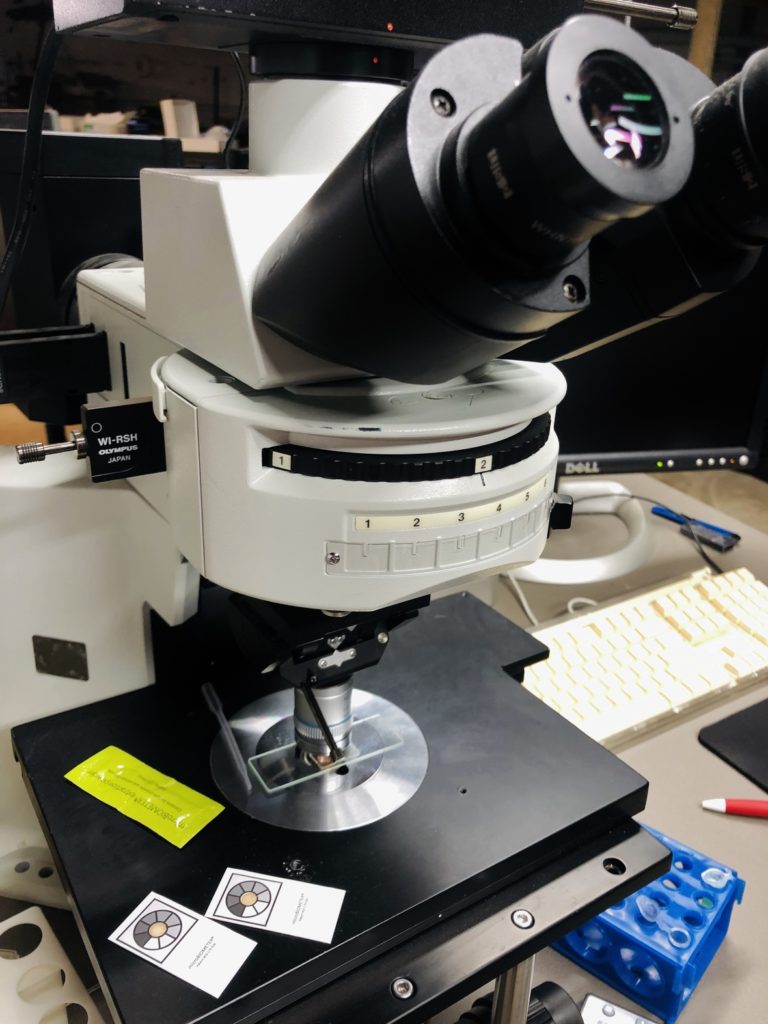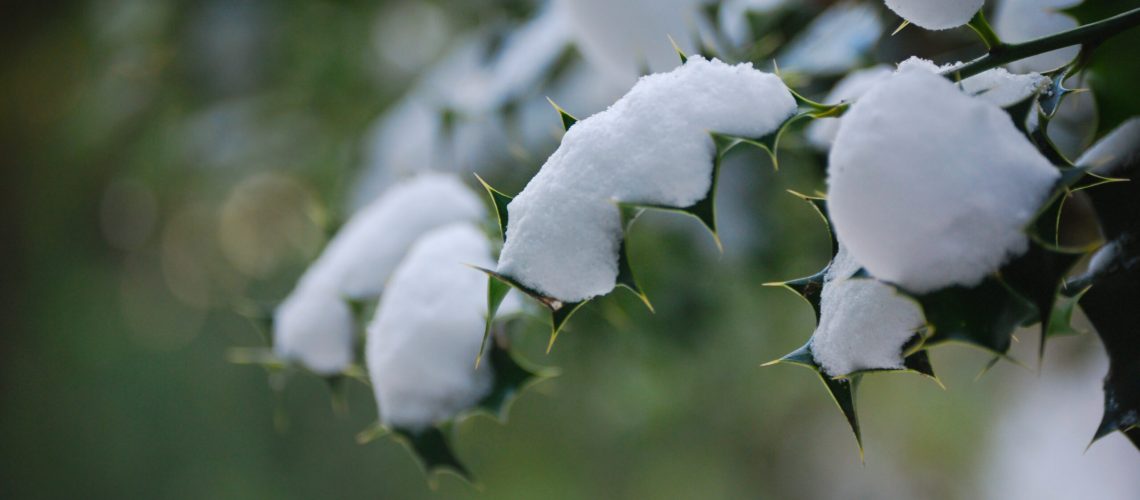
How do we know this? microBIOMETER® shows that soil removed from the earth and plants lose microbial biomass every day which we have confirmed with microscopic studies. The literature also confirms this.
Why is there confusion? Most of the microbes in soil are in the “dormant” state, they only wake up when stimulated by the plant or some other stimulus. For a long time people thought dormant microbes were dead. Now we know they have lost as much water as possible and encased themselves in a tough cocoon that can allow them to survive for up to thousands of years. microBIOMETER® measures these earth-colored dormant microbes.
What microbes are dormant? All soil microbes have the ability to go dormant. This allows them to survive drought, freezing, starvation, etc. Bacteria and fungi build tough spore walls to protect themselves. microBIOMETER® measures those spores.
In the winter when it is below freezing in New York, if we microscopically examine the microbes that are separated from soil using microBIOMETER® we see very few fungi but plenty of spores. In spring the arbuscular mycorrhizal fungi spores will germinate and find a plant to colonize. In the Fall when roots are dying and decaying organic matter is present in the soil, we see a profusion of the saprophytic fungi that break down the tough vegetable matter. Bacteria can sporulate but even the bacteria that do not sporulate manage to wrap themselves in a tough outer coat by collecting clay and minerals in their gluey outer biofilm.
For more information on fungal spores, please visit mycorrhizas.info.

